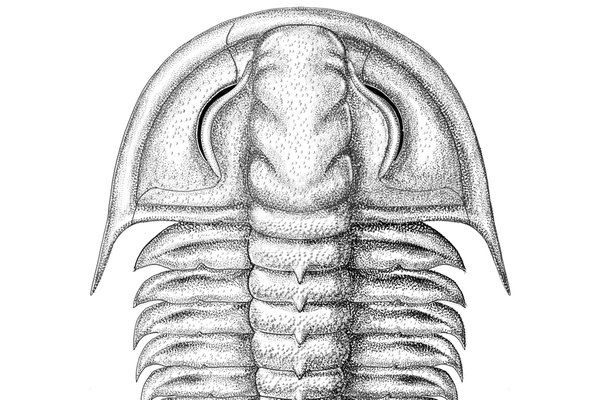Molecular support for Hydroides amri and the discovery of its mysterious twin
A study not only confirms that Hydroides amri is distinct from Hydroides brachyacantha, but also includes a cryptic species Hydroides nikae.
In 2015 Yanan Sun and her colleagues from AMRI and Macquarie University (Sun et al. 2015) published a large illustrated revision of all Hydroides species found in Australia. One of the new species described in the monograph was named Hydroides amri honouring the Australian Museum Research Institute. The new species, however, was not a newly discovered worm that had not been ever seen before. Instead, it was a situation of a historically misidentified species, a rather common case for Australian marine invertebrates. For decades H. amri was confused with Hydroides brachyacantha, an important fouling serpulid described from Mazatlán (Southern Gulf of California, Mexico) and Acapulco (southern Mexican Pacific) and then reported from the Mexican Pacific and numerous tropical and subtropical localities around the world.

© Australian Museum
Morphological examinations of specimens from Mexico and Australia confirmed our earlier suspicion that the widespread ‘H. brachyacantha’ is a species complex, meaning that this name is used for a number of different species. However, to confirm the status of H. amri erected on the basis of morphological differences, we also compared DNA fragments of three genes of true H. brachyacantha from Mexico with those of H. amri from Australia.
Not surprisingly, our molecular data supported the morphology-based hypothesis of H. amri and H. brachyacantha are two distinct species. A surprising aspect of the research was the discovery that H. amri also comprises two cryptic (morphologically indistinguishable), but very distinct and well-supported genetic lineages. Therefore, we described the genetic cryptic twin of H. amri from South Australia as Hydroides nikae sp. nov. What we still do not know is how many species are hidden within the H. brachyacantha-complex and a world-wide study is needed to answer this question, with results potentially having significant implications for marine biosecurity around the world.
Dr Elena Kupriyanova
Senior Research Scientist, AMRI
More information:
- Sun, Y., Wong, E., ten Hove H.A, Hutchings P.A., Williamson, J. & Kupriyanova, E.K. 2015. Revision of the genus Hydroides (Serpulidae, Annelida) from Australia. Zootaxa 4009: 1-99
- Sun, Y., Wong, E, Tovar-Hernandez, M., Williamson, J. & Kupriyanova, E.K. 2016. Is Hydroides brachyacantha (Serpulidae, Annelida) a widely-distributed species? Invertebrate Systematics 30, 41–59










